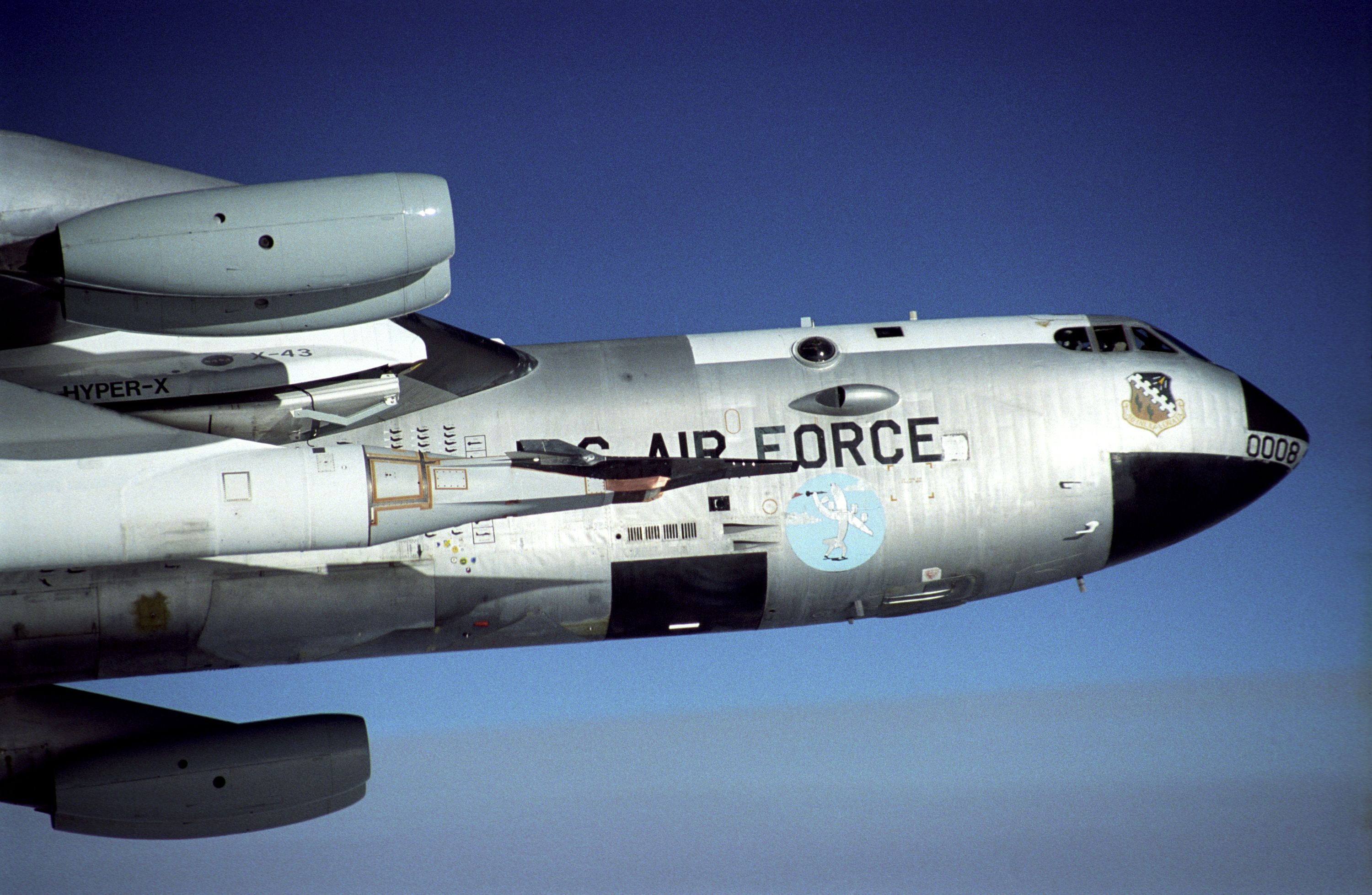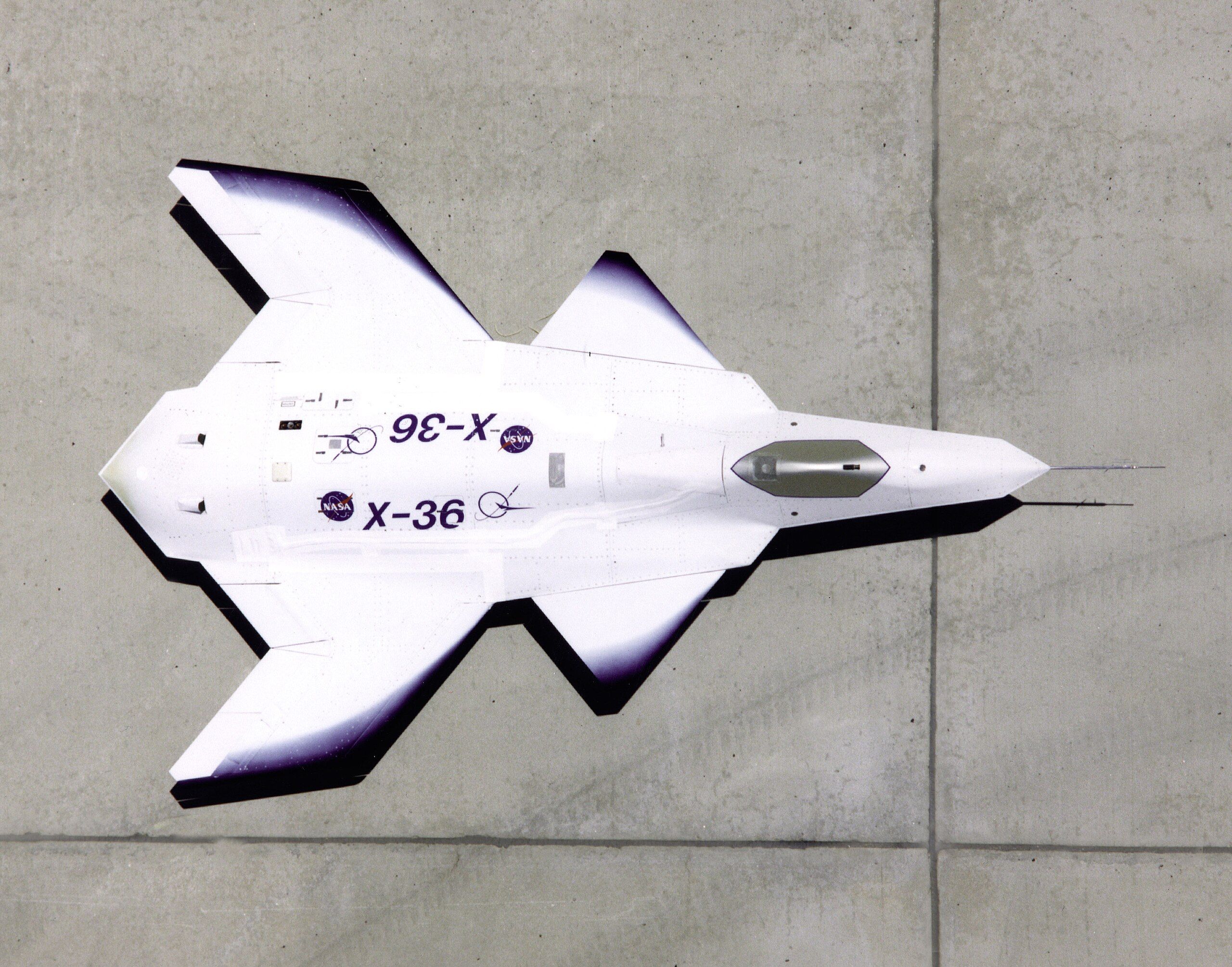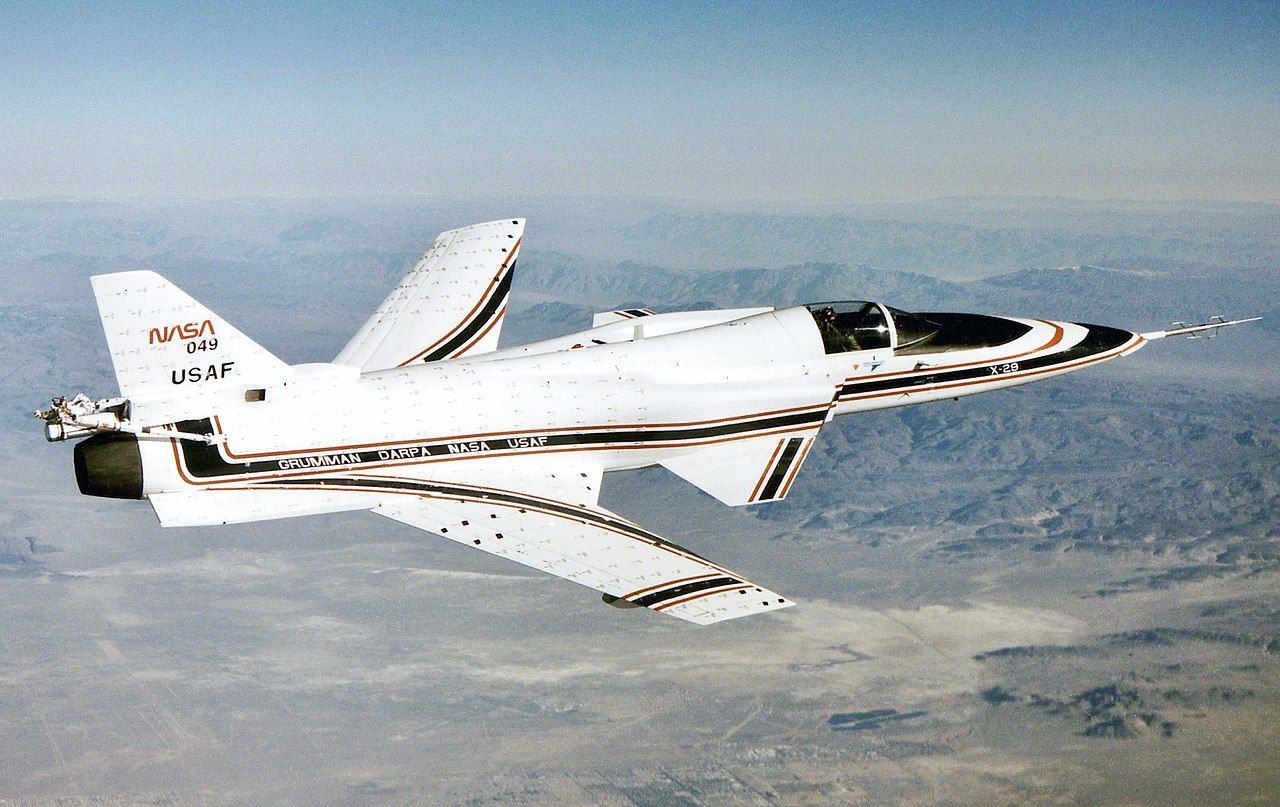Summary
- Bell X-1 was the first piloted aircraft to break the sound barrier. Key record-setting aircraft in US history. (109 characters)
- North American X-15 set speed record, reached hypersonic speeds, conducted valuable high-altitude research. (106 characters)
- NASA X-43 achieved world records for speed, fastest jet-powered aircraft, superseded by the X-51 program. (113 characters)
Over the years, numerous X-planes have been built for various research and experimental purposes. Some programs were canceled for various reasons, while others made it to the air and proved to be successful research airplanes. Several experimental planes hold world records, particularly for speeds and altitudes. This article explores some of the renowned X-planes in US history.
1
Bell X-1
Rocket engine-powered aircraft
- Crew: 1
- Length: 30 ft 11 in (9.42 m)
- Wingspan: 28 ft 0 in (8.53 m)
- Height: 10 ft 10 in (3.30 m)
- Wing area: 130 sq ft (12 m2) ⠀
- Gross weight: 12,250 lb (5,557 kg)
- Powerplant: 1 × Reaction Motors XLR11-RM-3 4-chamber liquid-fuelled rocket engine, 6,000 lbf (27 kN) thrust
- Maximum speed: 1,612 mph (2,594 km/h, 1,401 kn)
- Service ceiling: 70,000 ft (21,000 m)
The Bell X-1 is a supersonic research project conducted by the National Advisory Committee for Aeronautics (NACA) and the US Army Air Forces (USAAF), built by Bell Aircraft. Built in the mid-1940s, the aircraft performed its first flight in January 1946.
As highlighted by the National Air and Space Museum, a Bell X-1, nicknamed Glamorous Glennisand, became the first piloted aircraft to exceed the speed of sound in level flight. Test pilot Chuck Yeager established the record in October 1947. In 1948, the Bell X-1 achieved a speed of nearly 1,000 mph (870 knots, 1,600 km/h). The derivative of the design, the Bell X-1A, with a greater fuel capacity, exceeded 1,600 mph (1,400 knots, 2,600 km/h). The aircraft became the first of the series of American X-planes.
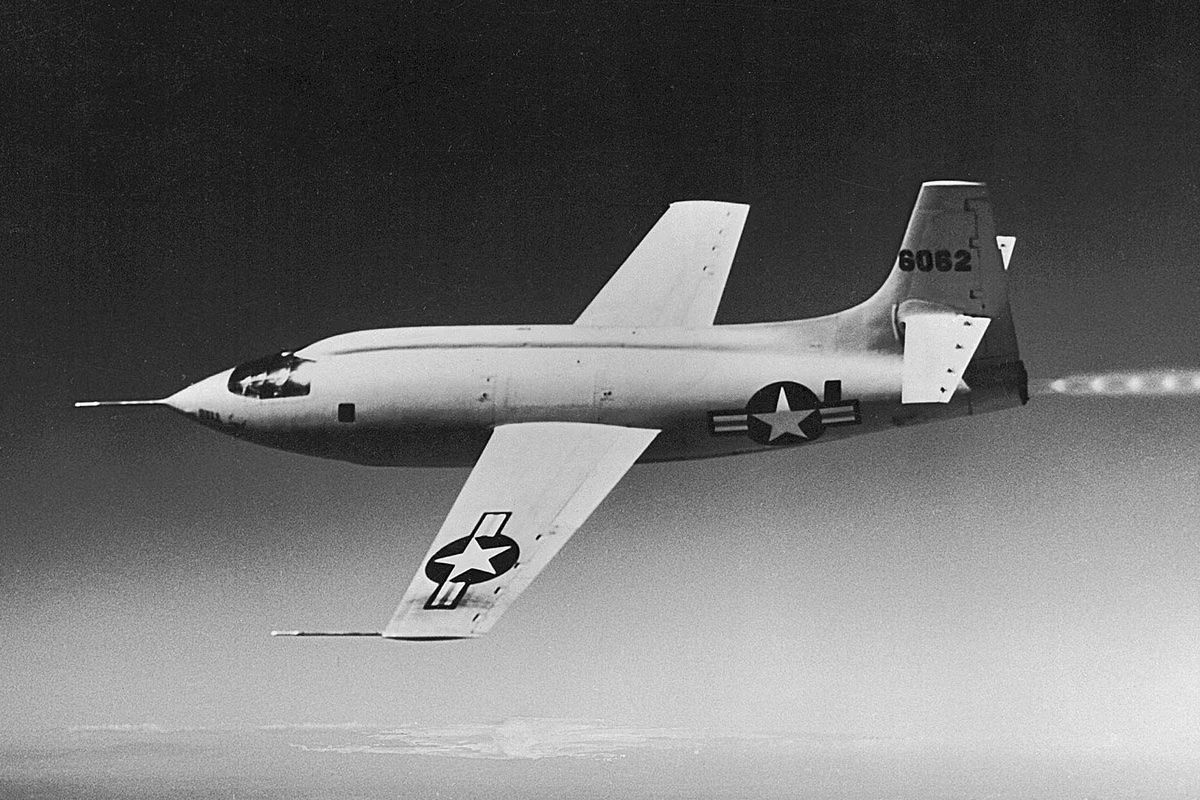
Related
Supersonic History-Maker: The Story Of The Bell X-1
The aircraft has a fascinating history.
2
North American X-15
Hypersonic rocket-powered aircraft
- Crew: One
- Length: 49 ft 2 in (14.99 m)
- Wingspan: 22 ft 4 in (6.81 m)
- Height: 13 ft 1 in (3.99 m)
- Wing area: 200 sq ft (19 m2)
- Empty weight: 14,600 lb (6,622 kg)
- Gross weight: 33,500 lb (15,195 kg)
- Powerplant: 1 × Reaction Motors XLR99-RM-2 liquid-fuelled rocket engine, 70,400 lbf (313 kN) thrust
- Maximum speed: 4,520 mph (7,270 km/h, 3,930 kn)
- Range: 280 mi (450 km, 240 nmi)
- Service ceiling: 354,330 ft (108,000 m)
The North American X-15 was a hypersonic rocket-powered aircraft developed by North American Aviation in the 1950s. The aircraft performed its first flight in June 1959 and was introduced by the USAF later that year. NASA also operated the X-15 as part of the X-plane experimental aircraft. In the 1960s, the X-15 made multiple records, including crossing the edge of outer space and returning.
Valuable data was acquired at very high altitudes to be used in future aircraft and spacecraft design. In 1967, the X-15 built a highest speed record of 4,520 mph (7,274 km/h). Pilot William Knight flew the aircraft at Mach 6.7 at an altitude of 102,100 ft (31,120 m, 19.34 km).

Related
Amazing! How The X-15 Hypersonic Research Program Set All Kinds Of Aviation Records
The X-15’s speed record remains unbroken, and (by some definitions) its altitude record wasn’t broken until 2004.
3
NASA X-43
Unmanned hypersonic aircraft
The NASA X-43 is an unmanned hypersonic aircraft designed to test the agency’s Hyper-X test flight program. During test flights, the aircraft set several high-speed records. The NASA X-43 remains the fastest jet-powered aircraft, with a record of approximately Mach 9.6. Three examples of the first series, X-43A, were built, but the first one was destroyed after malfunctioning during a flight in 2001.
The remaining two scramjets underwent slight operational improvements. In 2004, they flew successfully and established world records. Following the hypersonic tests (ten seconds of flight followed by ten seconds of glide), the aircraft intentionally crashed into the ocean. The plan to build more X-43s was canceled and replaced by X-51, a USAF-managed program.
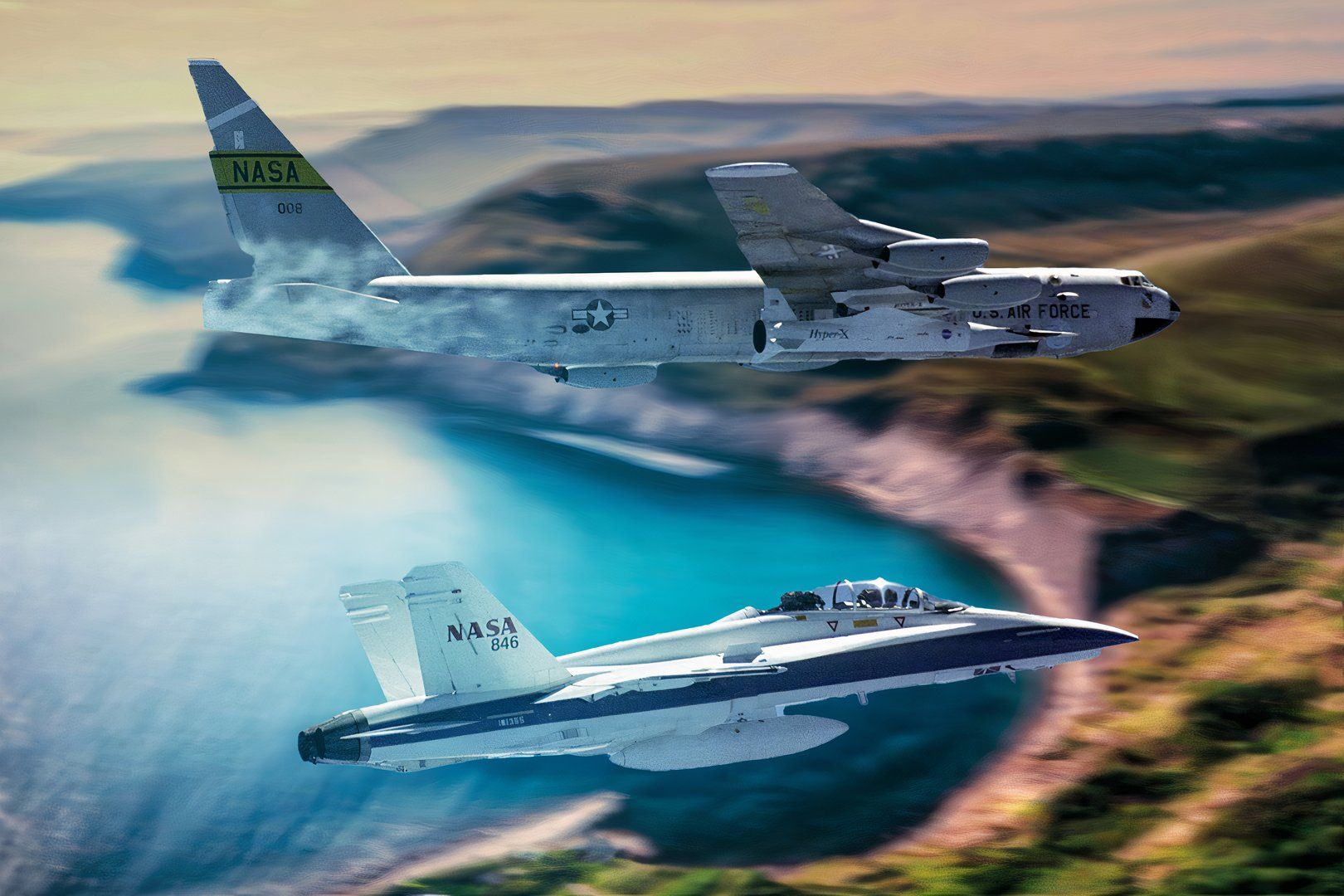
Related
5 Amazing Military Planes Flown By NASA
NASA finds uses for a range of ex-military aircraft – often extensively modified for scientific mission purposes.
4
McDonnell Douglas X-36
Tailless Fighter Agility Research Aircraft
- Length: 18 ft 2.5 in (5.550 m), including pitot boom
- Wingspan: 10 ft 5 in (3.18 m)
- Height: 3 ft 1.25 in (0.9462 m)
- Empty weight: 1,090 lb (494 kg)
- Max takeoff weight: 1,270 lb (576 kg)
- Fuel capacity: 180 lb (82 kg)
- Powerplant: 1 × Williams F112 turbofan engine, 700 lbf (3.1 kN) thrust
- Maximum speed: 160 kn (180 mph, 300 km/h)
- Service ceiling: 20,500 ft (6,200 m)
The McDonnell Douglas X-36 is a stealth subscale prototype jet aircraft featuring a tailless design. The aircraft design configuration was chosen to minimize the structural weight and drag on the aircraft. The design enables greater maneuverability and survivability, ideally conceptualized for fighter jets.
The aircraft performed its first flight in May 1997 and became one of the highly successful test aircraft. The X-36 performed 31 test flights, significantly exceeding the project goals. The researchers found its suitability as a fighter jet of the future. Despite that, there was never any further development in the X-36 program.
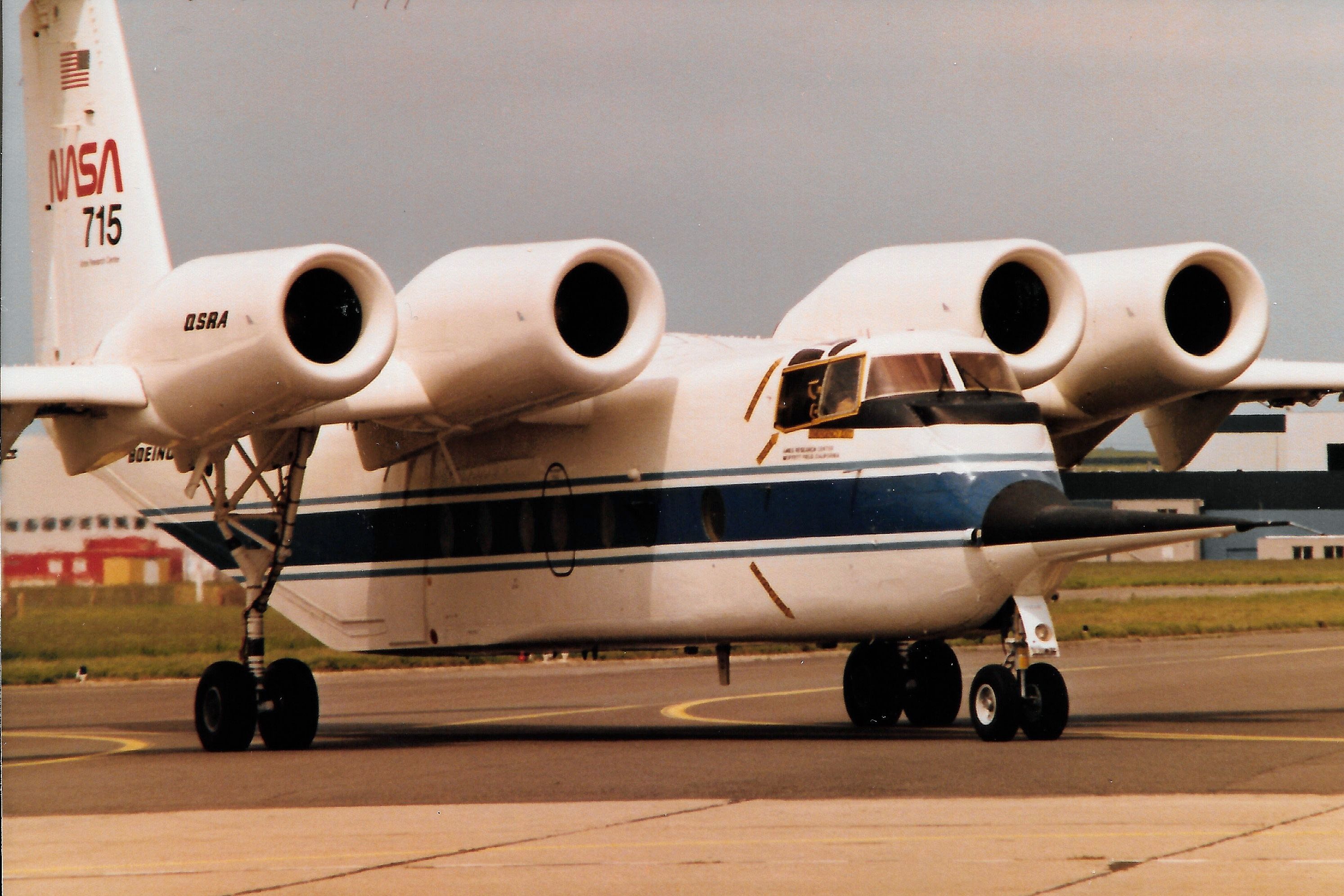
Related
Unique NASA Experimental Aircraft Is Up For Sale
The heavily modified de Havilland Canada C-8A Buffalo comes with a reserve price of $10,000.
5
Grumman X-29
Forward swept wing experimental aircraft
- Crew: 1
- Capacity: 4,000 lb (1,814 kg) payload
- Length: 53 ft 11.25 in (16.4402 m), including nose probe
- Wingspan: 27 ft 2.5 in (8.293 m)
- Height: 14 ft 3.5 in (4.356 m)
- Max takeoff weight: 17,800 lb (8,074 kg)
- Fuel capacity: 3,978 lb (1,804 kg) in two fuselage bladder tanks and two strake integral tanks
- Powerplant: 1 × General Electric F404-GE-400 afterburning turbofan engine, 16,000 lbf (71 kN) with afterburner
- Maximum speed: Mach 1.6 (956 knots, 1,100 mph, 1,771 km/h)
- Range: 350 nmi (400 mi, 650 km)
- Service ceiling: 55,000 ft (17,000 m)
The Grumman X-29 was an experimental aircraft with forward-swept wind and canard control surfaces. Developed by Grumman in the early 1980s, the USAF and NASA used the two examples built. In addition to the swept wings and canard controls, the three-surface design also included an aft strake control surface.
The X-29 was designed with computerized fly-by-wire controls. The forward-swept wings caused aeroelastic divergent twisting due to the wings’ leading edge rotating upwards. As a result, greater lift was generated, causing the leading edge to rotate even further. The phenomenon could cause the structure to fail under stress. Using composite materials ensured the flexibility and structural integrity of the aircraft. The two X-29s built were tested between 1984 and 1991.
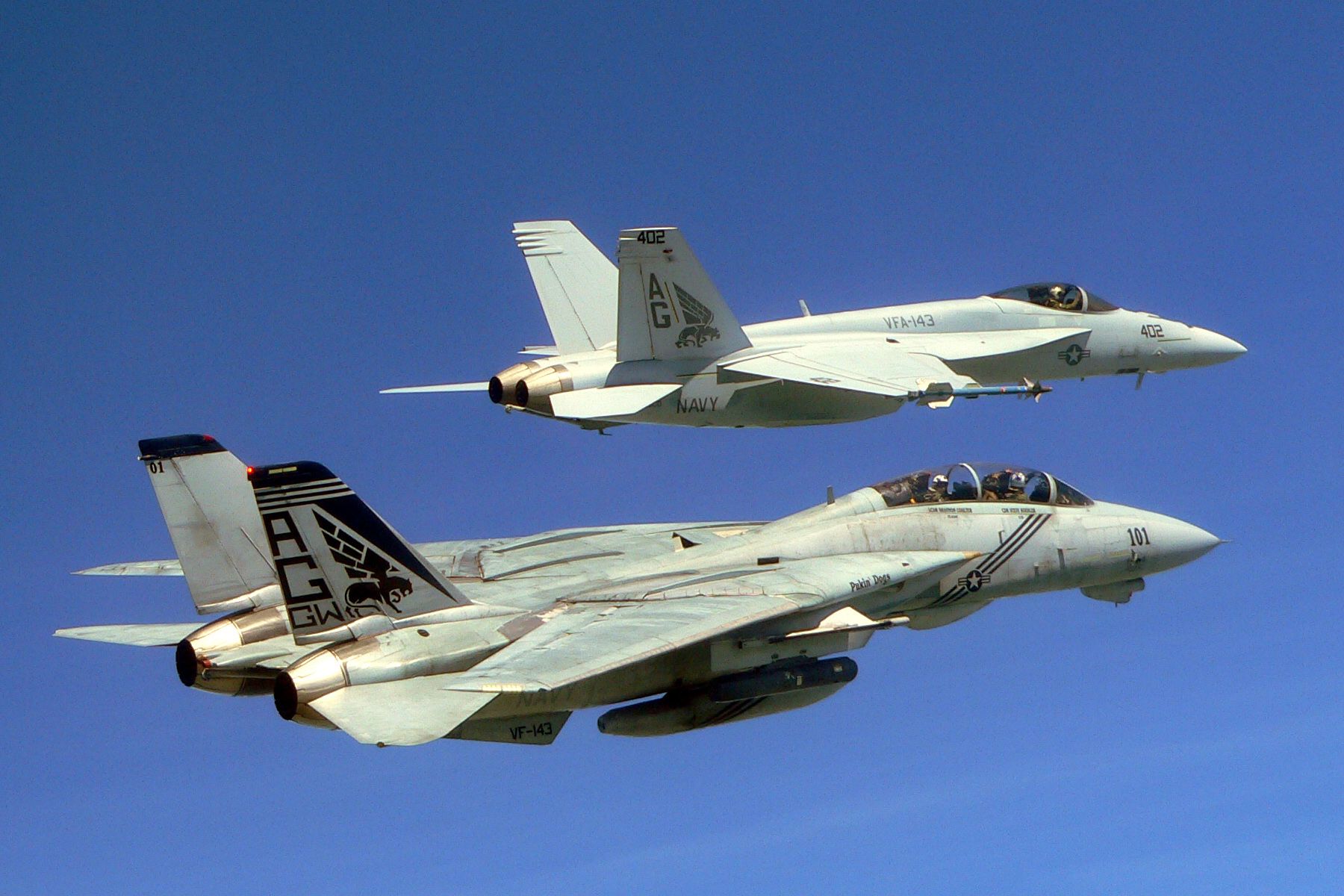
Related
Why Was The Grumman F-14 Tomcat So Versatile?
The aircraft was quite the flying machine.
What are your thoughts on the historic X-planes in the United States? Share your views in the comments section.

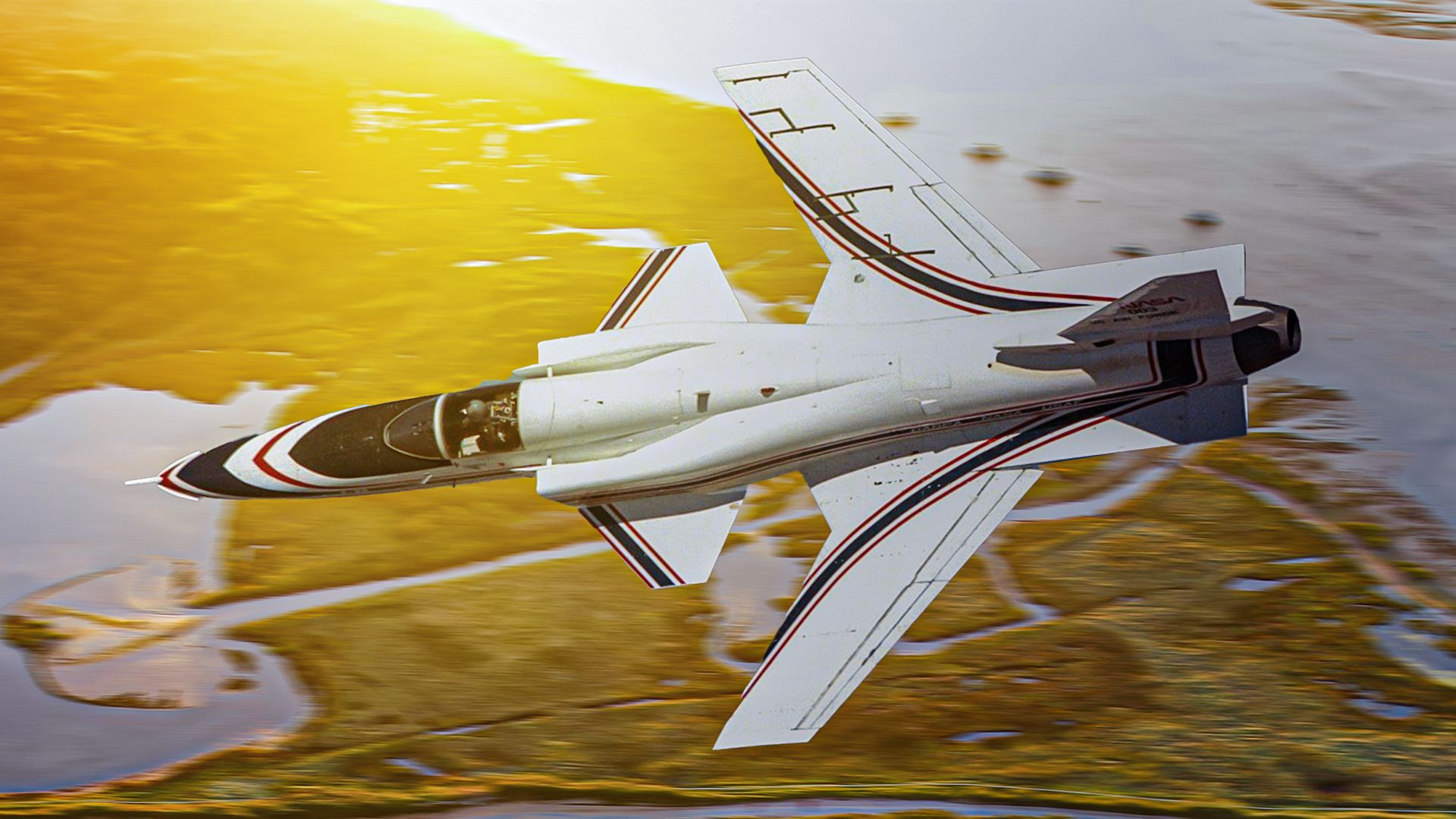
.jpeg)
